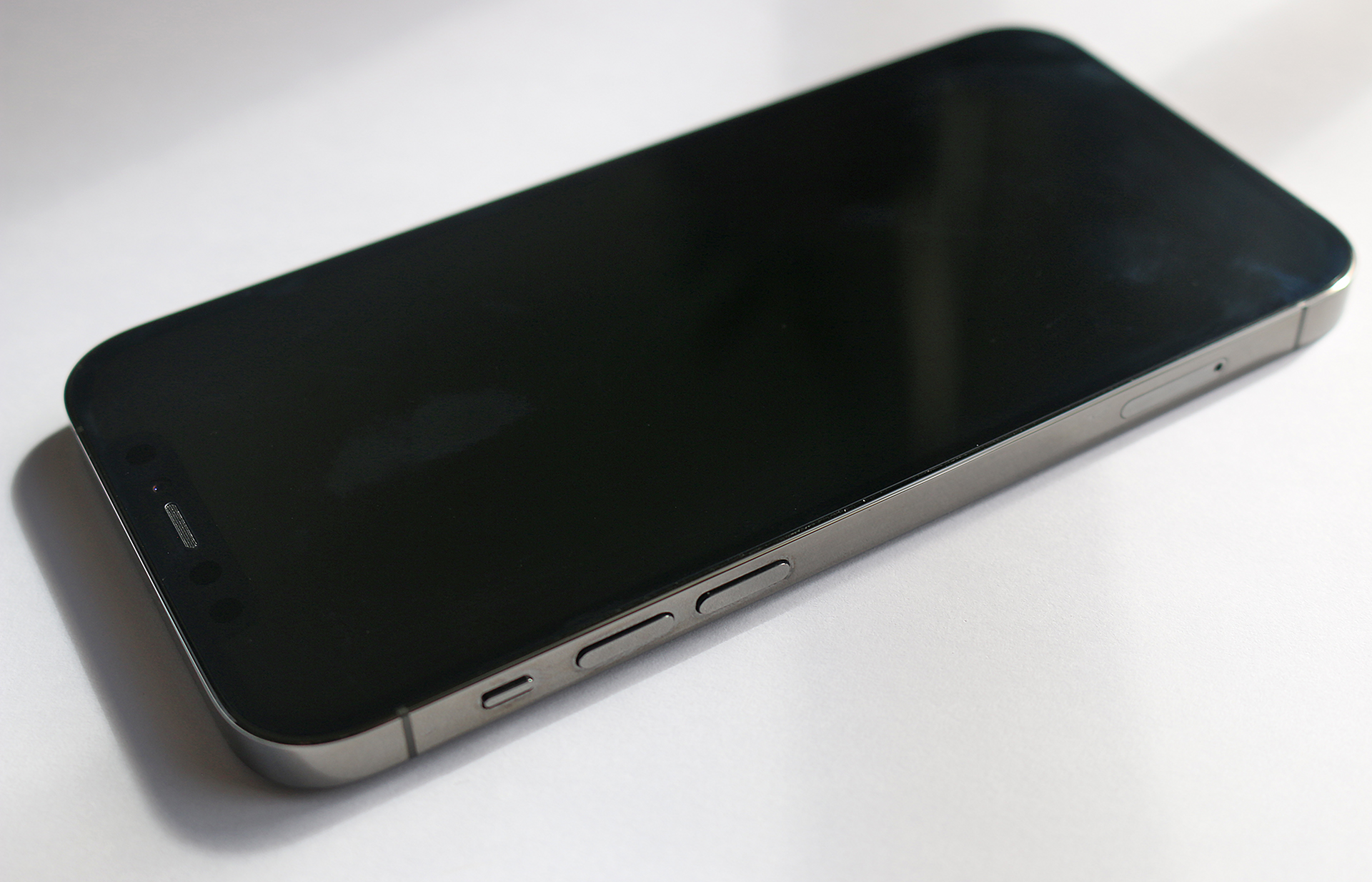Do not fully charge your lithium powered devices prior to boarding an airplane is the warning that comes from the Federal Aviation Administration of the United States, as doing so increases the chances of a fire occurring aboard the aircraft.
Do Not Fully Charge Your Lithium Powered Devices Prior to Boarding An Airplane
The following message appears at the official Twitter — er…X— web site of the federal agency: “Before getting on an airplane, do you charge your lithium powered devices to 100%? A full charge may increase the chances of a fire. If you won’t be using it on your flight why risk it? Learn to prepare your devices for a safe flight at faa.gov/podcasts/the_a. #podcast #PackSafe”
Before getting on an airplane, do you charge your lithium powered devices to 100%? A full charge may increase the chances of a fire. If you won’t be using it on your flight why risk it? Learn to prepare your devices for a safe flight at https://t.co/y5CqWLYtE7. #podcast #PackSafe pic.twitter.com/xzg611Hfw5
— The FAA ✈️ (@FAANews) July 23, 2023
“If you know that you are bringing a device that you won’t be using during your trip, it’s actually best to have it at a lower battery level” Robert Ochs — who is the manager of the Fire Safety Branch at the William J. Hughes Technical Center of the Federal Aviation Administration — said during this audio program on Wednesday, July 19, 2023. “So, if it’s at 30%, say, or lower, it’s less likely to undergo thermal runaway and the reaction would be less severe. Another thing to do would be to not charge it. So, if you have a device that is off, but you’re still charging it, it could also go into thermal runaway in that situation as well. So, it would be best to just keep it powered off and also not plugged in.”
The Potential Dangers of Lithium Batteries Aboard Airplanes
As useful as they are with regard to the powering of portable electronic devices, lithium batteries have been a bane for commercial aviation for years, as they pose potential hazards to air travel due to their unpredictable combustible nature. Limits on the transportation of lithium batteries were first implemented by the Transportation Security Administration of the United States back in December of 2007 and became effective as of Tuesday, January 1, 2008.
As an example, The Department of Transportation, the Federal Aviation Administration, and the Pipeline and Hazardous Materials Safety Administration of the United States jointly announced that an emergency order had been issued to ban all Samsung Galaxy Note7 devices from all commercial air transportation in the United States effective as of Saturday, October 15, 2016 at noon Eastern Daylight Time in response to an announcement pertaining to a “small number” of isolated issues with lithium ion battery cells associated with Galaxy Note7 devices.
The transporting of UN3480 lithium ion batteries as cargo on any airplanes which carry passengers became prohibited in Canada effective as of Friday, April 1, 2016 in order to protect the safety of the public.
Some airlines — both passenger and cargo — and other governments already have their own similar directives to the one recently issued in Canada. This document pertaining to guidance of the transport of lithium batteries was issued by the International Air Transport Association on Monday, December 15, 2014; and it contains detailed information and photographs of examples of lithium batteries.
A final rule which explicitly bans the use of electronic cigarettes on commercial airplanes — which applies to all scheduled flights of carriers based within and outside of the United States involving transportation within, to, and from the United States — was implemented back in 2016 by the Department of Transportation of the United States. According to this article from the Federal Aviation Administration of the United States, “Electronic smoking devices, like vapes and e-cigarettes, contain lithium batteries and are considered dangerous goods due to their risk of smoke, fire and extreme heat.” Electronic cigarettes are considered hazardous because of incidents such as the one where an electronic cigarette reportedly burned a small hole in a piece of checked baggage located inside of an Embraer 190 airplane operated by JetBlue Airways at Logan International Airport in Boston on Saturday, August 9, 2014, causing the evacuation of passengers from the aircraft whose destination was Buffalo.
Delta Air Lines flight 689 was delayed on Wednesday, March 16, 2016 when an electronic cigarette ignited inside a bag carried aboard the airplane by a passenger while the McDonnell Douglas MD-90 aircraft carrying 160 passengers was still on the tarmac at the international airport which serves the greater Atlanta metropolitan area. The bag was extinguished with no damage to the aircraft, which arrived late at its destination in Saint Louis.
The dangers of lithium ion batteries were arguably most famously illustrated by the flawed rollout of the new Boeing 787 “Dreamliner” airplanes, which were initially plagued with problems. A battery fire occurred in January of 2013 at Logan International Airport in Boston — which prompted the Federal Aviation Administration to ground the entire fleet of Boeing 787 “Dreamliner” aircraft worldwide for months; and lithium battery fires contributed to the temporary removal of the aircraft from service of the fleets of both All Nippon Airways and Japan Airlines back in January of 2013.
Electronic tags for luggage are generally safe despite being powered by lithium batteries, according to Jay Sorah, who is a transportation specialist with the Federal Aviation Administration. He said that “not all electronic bag tags are the same. But most of those are lithium batteries, and they’re eligible for use in checked baggage, when it’s less than point 3 grams of lithium metal and not exceeding 2.7-watt hours. Don’t worry about it. Don’t have to store it in your brain, you can ask your air carrier ahead of time. Yes. And in that way, you won’t run into any kind of issues or problems. The other you know, issues that we have are with spare batteries of all shapes sizes. Because even people will have in their pocket and it’ll come in contact with their keys and change you know, metal objects that will actually conduct electricity.”
What You Can Do
Jay Sorah referred to the PackSafe initiative from the Federal Aviation Administration, from which this video was produced.
An interactive chart which specifically lists what are classified as hazardous items and how passengers should handle them aboard airplanes — if they are permitted to be brought aboard — is also included as part of the PackSafe initiative. Links to other Internet sites with additional information are also included.
In reference to mobile telephones, Jay Sorah said that “one of the one of the common things that happened with those is that people they will fall out of their pocket or fall into the seat, and people panic, and they start to set their seat back up. And a lot of times, that’s where we have problems is because it actually gets pinched in the mechanism and it don’t do well. So, if you if your phone comes out, please hit the call button, let the flight attendant come because they’re trained to come help retrieve that out of that seat.”
Another word of advice is ensure that the batteries that you are purchasing for your portable electronic devices are actually manufactured specifically for that device, and it is not a “knock off”; and that the charger you have for that battery is manufactured specifically for that battery.
Whenever possible, deactivate the power of your portable electronic device when you are not using it.
Final Boarding Call
Portable electronic devices are generally safe to carry and use, thankfully — especially when brought aboard a limited enclosed space such as the passenger cabin of an airplane — but neither the airlines nor the federal government of the United States are willing to underestimate or gamble on the unpredictability of the hazards of lithium batteries, which is necessary in order to protect the traveling public.
Many airplanes are equipped with Universal Serial Bus — or USB — ports with which portable electronic devices may be charged during flights. Do passengers need to monitor the charging of their portable electronic devices while aboard airplanes during flights to ensure that they are not fully charged to 100 percent?
Photograph ©2021 by Brian Cohen.

